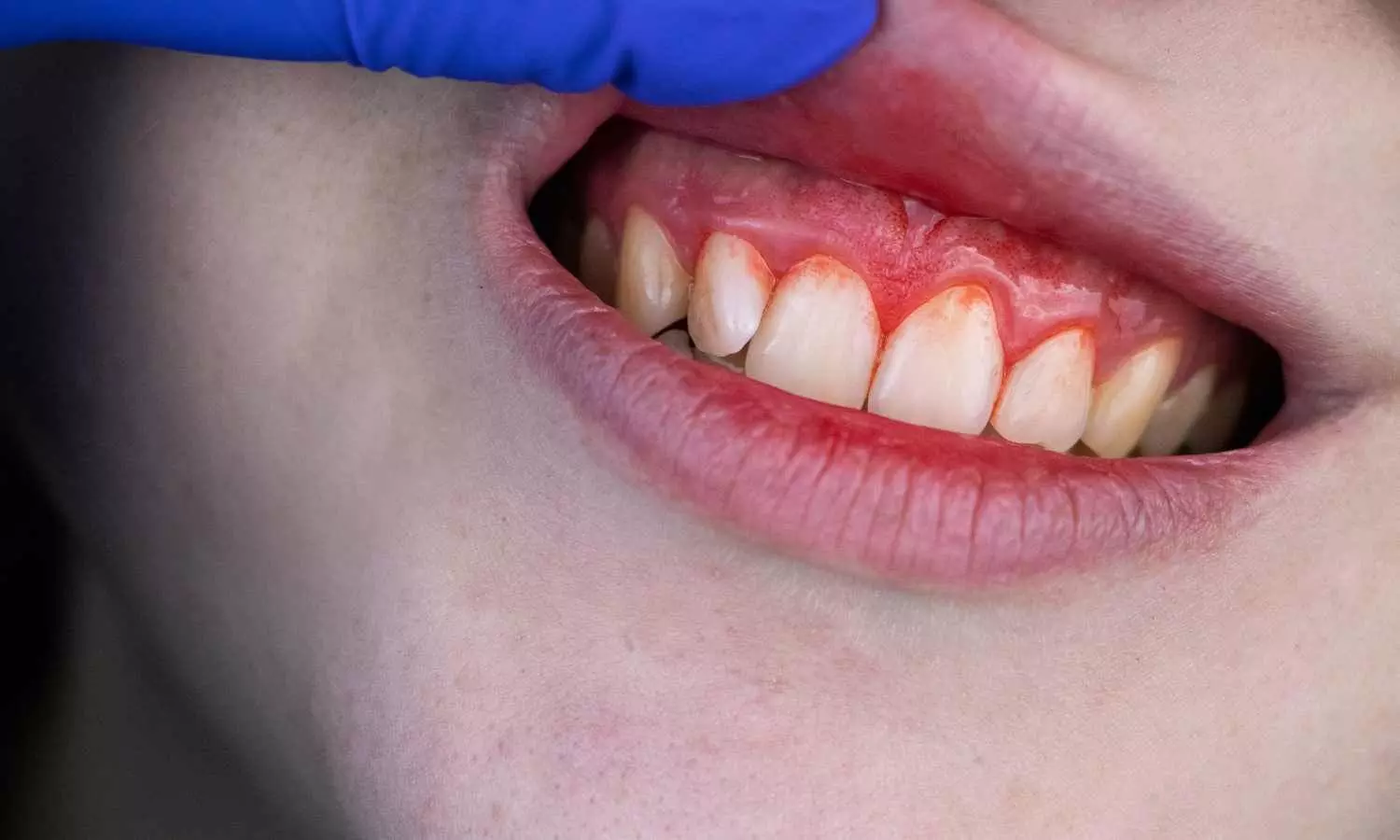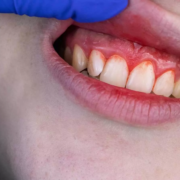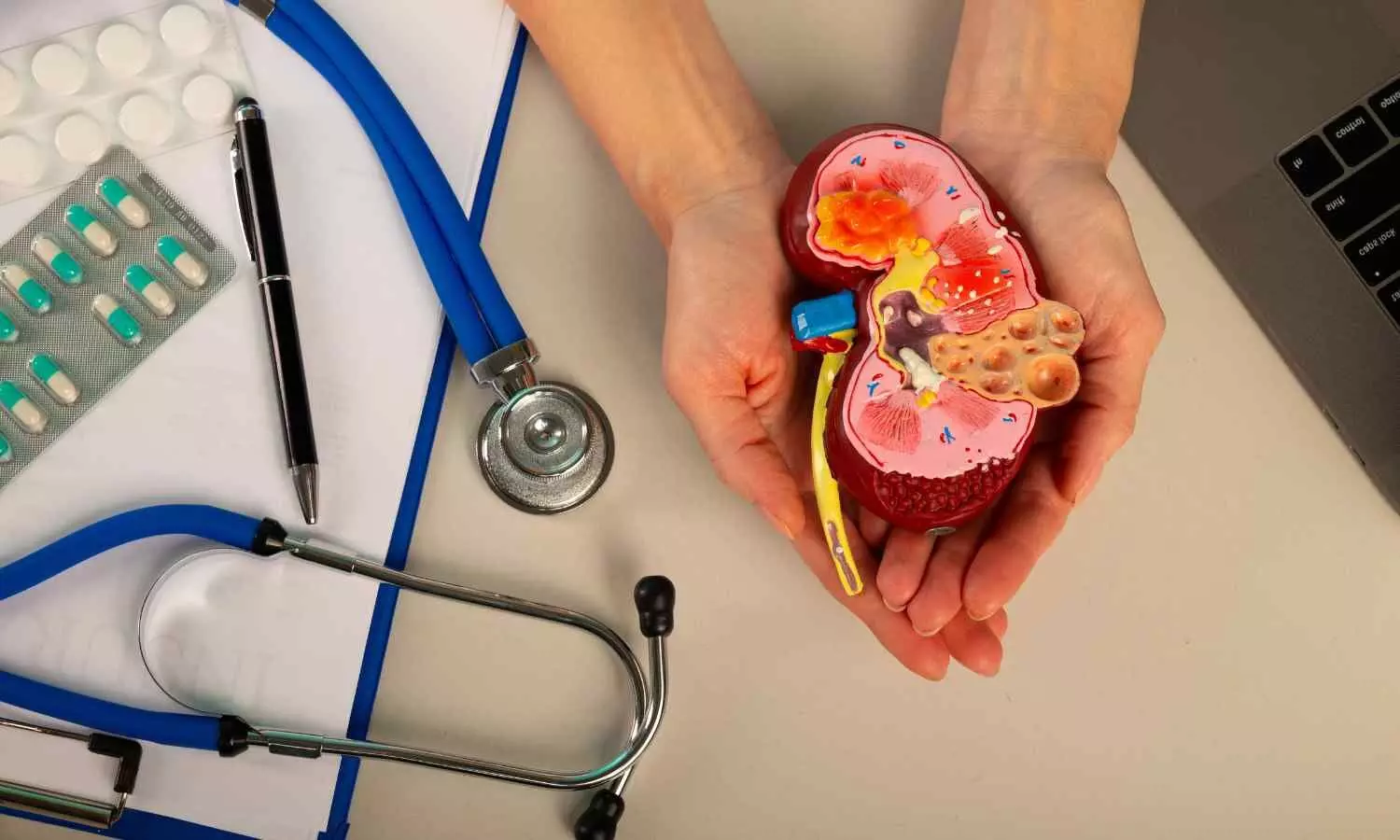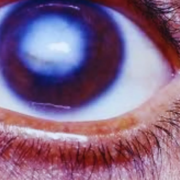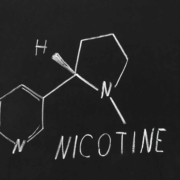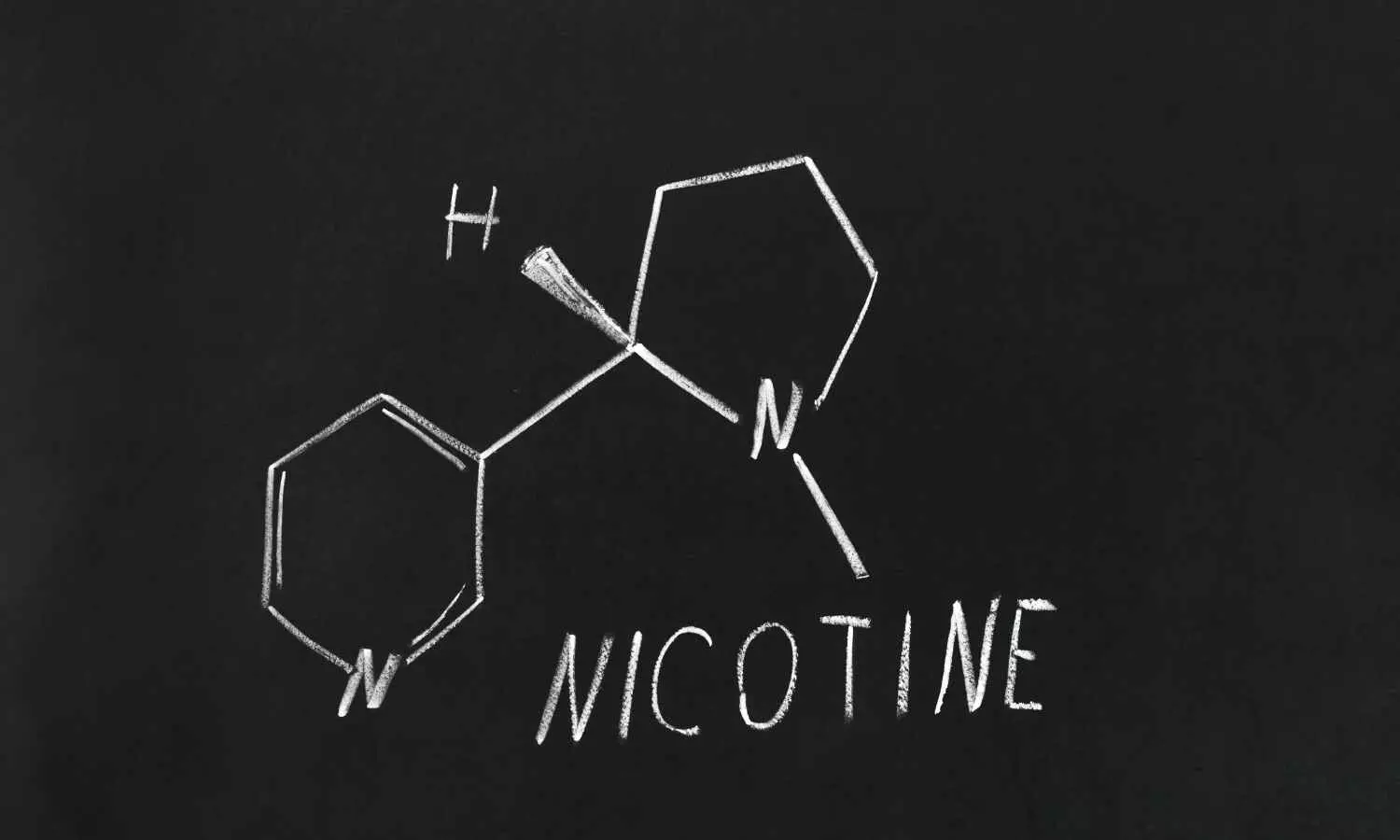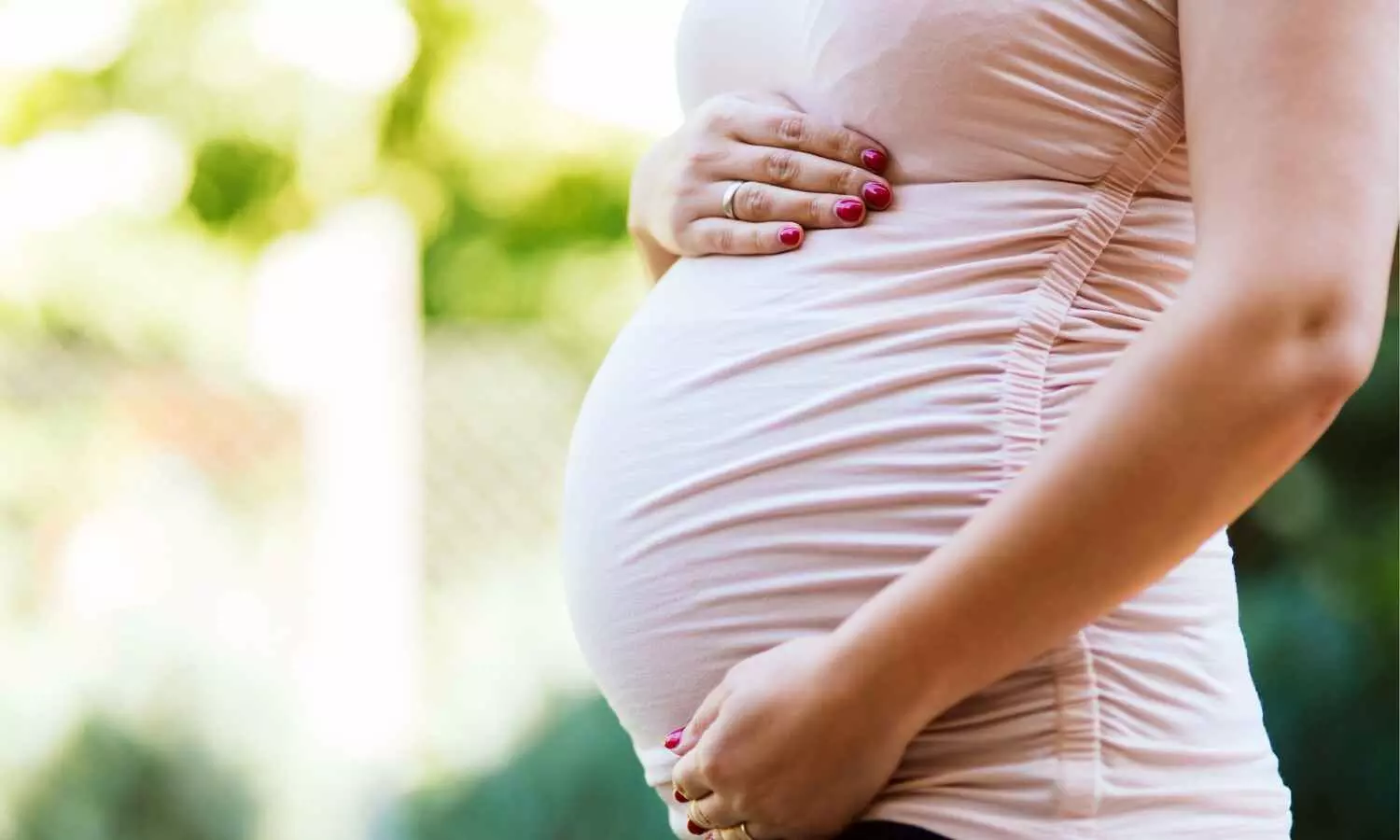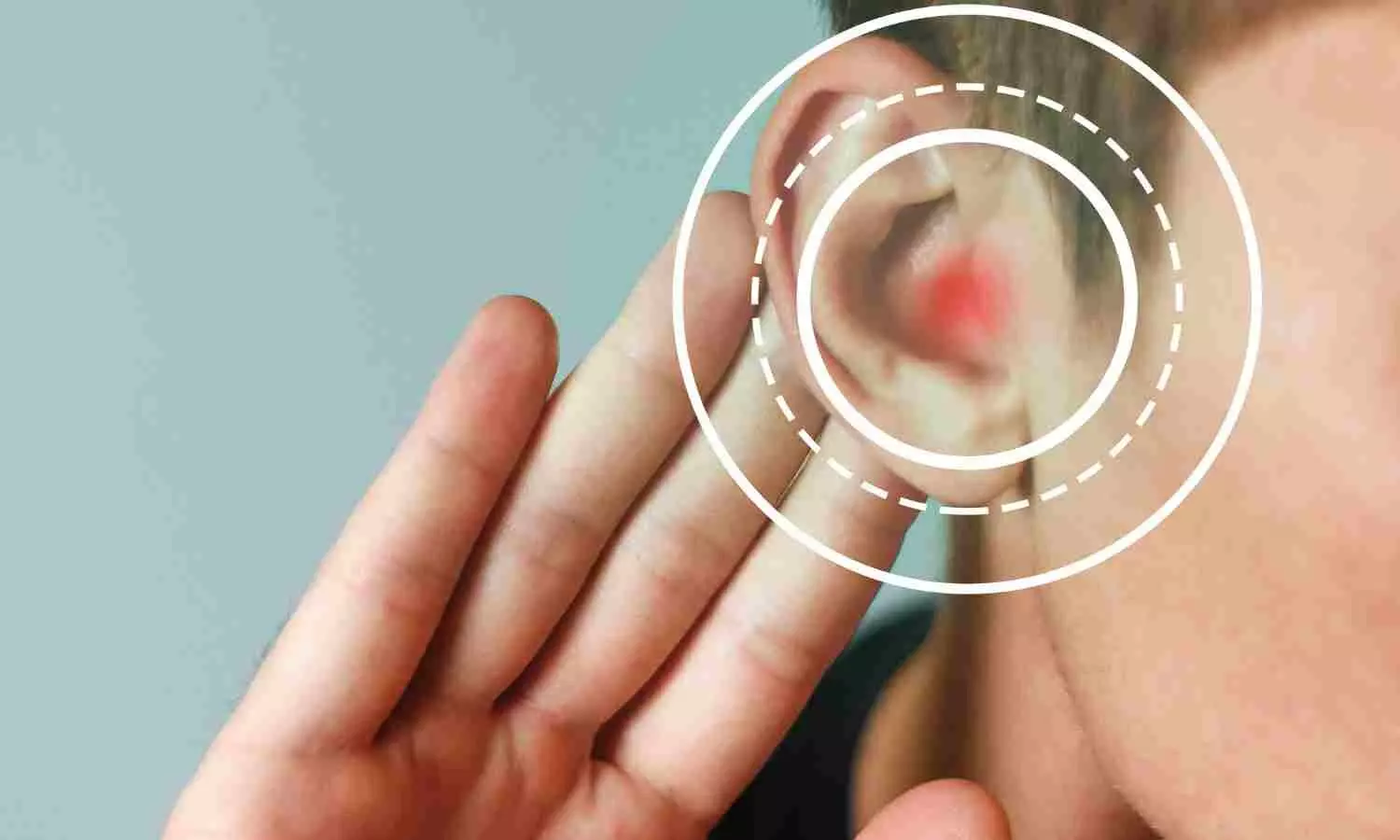
Optical coherence tomography (OCT), a tool routinely used to diagnose and plan treatment for eye diseases, has now been modified to collect images of the inner ear. A proof-of-concept study led by researchers at the Keck School of Medicine of USC found that OCT imaging can measure fluid levels in the inner ear, which correlate with a patient’s degree of hearing loss. The findings were just published in Science Translational Medicine.
“These findings are exciting because hearing loss can happen very suddenly, and we often don’t know why. OCT offers a way to explore the underlying cause and potentially guide treatment,” said senior author John Oghalai, MD, professor and chair in the Caruso Department of Otolaryngology – Head and Neck Surgery and the Leon J. Tiber and David S. Alpert Chair in Medicine at the Keck School of Medicine.
A sudden loss of hearing, sometimes accompanied by vertigo, happens in Ménière’s disease, cochlear hydrops and other ear conditions. One hallmark of these diseases is an imbalance of fluids in the inner ear, but measuring fluid balance is a challenge. The best available technology, magnetic resonance imaging (MRI), lacks the resolution needed to reliably diagnose or guide treatment.
OCT offers a quicker, more accurate and less expensive way to see inner ear fluids, hair cells and other structures relevant to diagnosing and treating hearing loss. With funding from USC and the National Institutes of Health, Oghalai, Brian Applegate, PhD, professor of otolaryngology – head and neck surgery, and ophthalmology at the medical school and of biomedical engineering and electrical and computer engineering at USC Viterbi School of Engineering, and their team tested the new tool in 19 patients undergoing ear surgery for various conditions. They found that OCT could reliably detect fluid imbalance in the inner ear, which was correlated with the severity of a patient’s hearing loss. Although the tool is currently limited to use during surgery, the researchers are working to adapt it for application in the clinic.
The latest findings build on the team’s earlier work, where they used OCT to collect images of the cochlea in awake animals for the first time. With improvements, the tool could help clinicians more quickly find the cause of hearing loss, determine how to treat it, and even support efforts to develop new therapies to restore hearing, Oghalai said.
Measuring fluid balance
OCT uses light waves to scan tissue and create 3D images, similar to the way ultrasound produces images using sound waves.
The Keck School of Medicine team used the tool to scan the inner ears of 19 patients undergoing ear surgery. Six patients had normal inner ear function, four had Ménière’s disease, and nine had vestibular schwannoma (a benign tumor on a nerve that connects the inner ear to the brain). During surgery, a thick outer bone known as the mastoid was temporarily removed, allowing researchers to use OCT to collect images of the fluid compartments in the inner ear.
OCT images showed that patients with Ménière’s disease or vestibular schwannoma had higher levels of a fluid called endolymph, compared to those with normal inner ear function. Increased endolymph levels were linked to greater hearing loss, indicating that measuring these fluid levels could help predict the severity of symptoms.
“We’ve known for a long time that endolymph is related to hearing loss, but until now, measuring it in a living patient has been a major challenge,” Oghalai said.
A faster way to help
OCT can assist surgeons, including by helping to avoid damage to delicate ear structures and distinguishing brain tumors from healthy tissue. To this end, the researchers are working to develop a smaller, more affordable version of the tool that they plan to distribute and test with surgeons.
But OCT can benefit many more people if it can be used to collect images of the inner ear while patients are awake in the clinic. To achieve this goal, Oghalai, Applegate and their team have received federal funding and a Nemirovsky Engineering and Medicine Opportunity (NEMO) Prize from USC. They are now working to improve the software and image-processing techniques to obtain clear images from patients without removing the mastoid bone.
OCT could offer major benefits over MRI because it is less expensive, faster and can be done back-to-back to test treatment effectiveness. For example, a provider could collect an image, give medication treatment for a fluid imbalance, then take another image 30 minutes later.
“Patient symptoms—sensations of hearing loss, pressure in the ear, or vertigo-can be affected by many unrelated factors such as mood, stress, nasal congestion and allergies. However, inner ear fluid levels reliably assess what is going on inside the inner ear,” Oghalai said. “We have lots of treatment options available, but it often takes many weeks to figure out what works for a given patient. This could be a faster way to help.”
If OCT can be used outside the operating room, it can also support the development of new treatments for hearing loss. Several gene therapies, which aim to regenerate lost hair cells in the inner ear, are currently in clinical trials. OCT may provide a fast and precise way to test the effectiveness of such therapies by collecting images of hair cells as they grow.
“OCT helped researchers develop treatments for retinal diseases, including macular degeneration, so we’re hoping it can have a similar impact for hearing loss,” Oghalai said.
Reference:
Kim W, Pan DW, Kim BJ, Yang Z, Moran Mojica M, Doherty JK, Shibata SB, Applegate BE, Oghalai JS. Human inner ear fluid imbalance detected by optical coherence tomography correlates with hearing loss. Sci Transl Med. 2025 Jul 23;17(808):eadv3783. doi: 10.1126/scitranslmed.adv3783.
